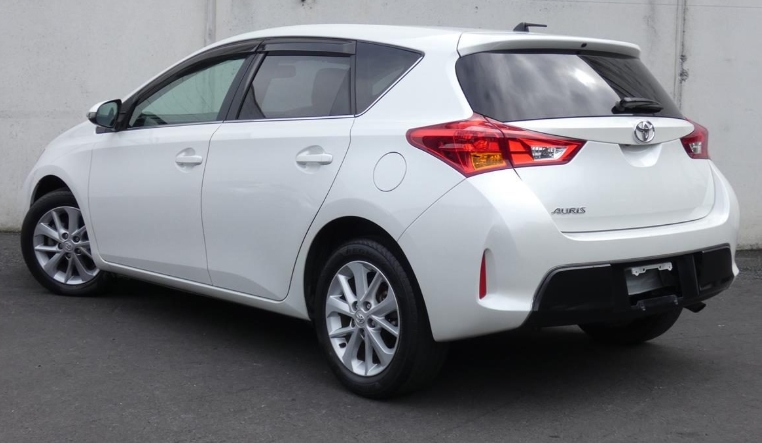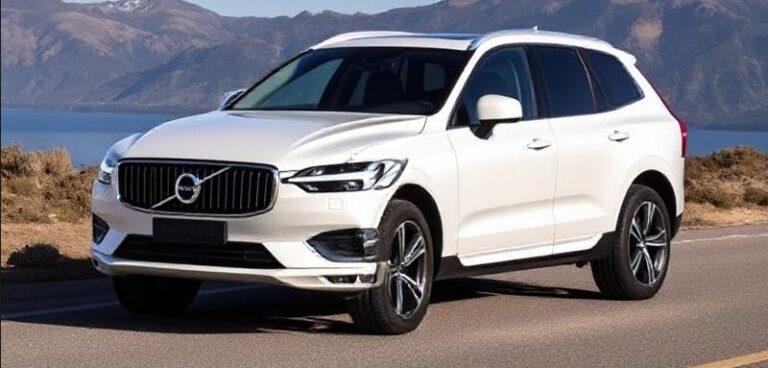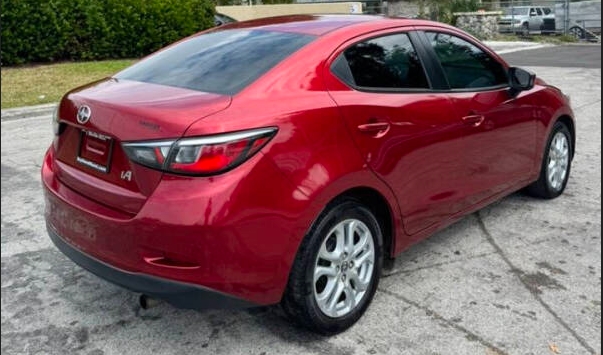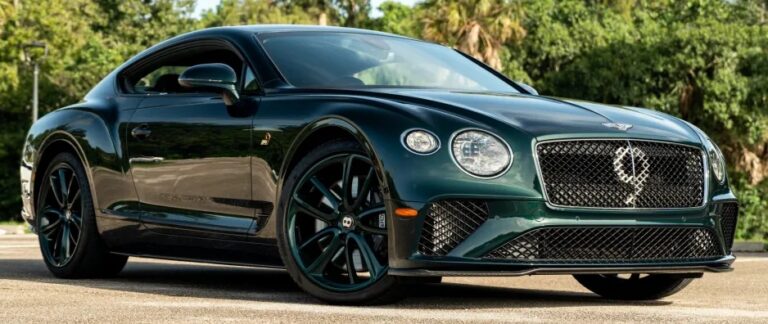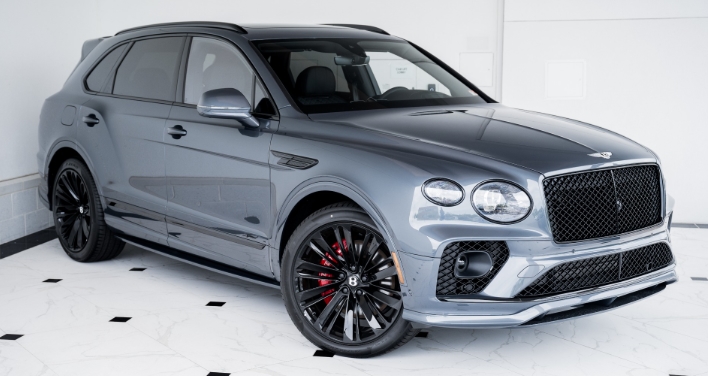The Toyota Auris Odyssey: Charting the Evolution of a European Contender
In the annals of automotive history, few names carry the sheer weight and global recognition of the Toyota Corolla. For decades, it has stood as the benchmark for reliability, efficiency, and sensible motoring. So, when Toyota announced in 2006 that its iconic C-segment hatchback in Europe would no longer bear the Corolla name, the industry took notice. The replacement was a car with a new name and a new mission: the Toyota Auris. Derived from the Latin word for gold, aurum, the Auris was designed to inject a dose of European style, dynamism, and premium feel into a segment dominated by the likes of the Volkswagen Golf and Ford Focus.
This is the story of its evolution, a twelve-year journey across two distinct generations that saw the Auris transform from a conventional challenger into a pioneering force for hybrid technology, ultimately paving the way for the Corolla’s triumphant global return.
First Generation (E150): 2006 – 2012
The Debut: A New Philosophy
Unveiled at the 2006 Paris Motor Show and hitting showrooms in early 2007, the first-generation Auris was a radical departure from the conservative ninth-generation Corolla hatchback it replaced. Built on the new E150 platform, it was designed from an “inside-out” perspective, prioritizing interior space, comfort, and a unique user experience.
The most striking feature of this design philosophy was the cabin’s “bridged” centre console. This elevated structure flowed seamlessly from the dashboard, placing the gear lever and climate controls higher and closer to the driver’s hand. It created a cockpit-like feel and freed up storage space below, but it was also a polarising feature that some found innovative and others found intrusive. The exterior styling, guided by Toyota’s “Vibrant Clarity” design language, was clean and modern, with tall proportions and distinctive “cat’s eye” headlights, aiming for a more youthful and dynamic appeal than its predecessor.
The first-generation Auris was produced in both three-door and five-door hatchback configurations, catering to a wide range of C-segment buyers.
Models and Trim Levels:
The trim structure varied slightly across European markets, but a common hierarchy was followed, primarily in its key market, the UK.
T2: The entry-level model, typically equipped with steel wheels, a basic CD/radio audio system, electric front windows, and essential safety features like ABS and multiple airbags.
T3: The volume-seller, adding key features like 16-inch alloy wheels, air conditioning, and steering wheel-mounted audio controls.
TR: A step up from the T3, often including dual-zone climate control, fog lights, and upgraded interior trim.
T Spirit: The top-tier luxury trim, boasting features like cruise control, keyless entry and start, automatic headlights and wipers, and premium upholstery.
SR: A sport-oriented trim that added a touch of visual aggression with a body kit, rear spoiler, larger 17-inch alloy wheels, and privacy glass.
Powertrain Options:
The Auris launched with a comprehensive range of petrol and diesel engines designed to meet diverse European demands.
Petrol:
1.4-litre VVT-i (96 hp)
1.6-litre Dual VVT-i (122 hp, later upgraded to 130 hp with the Valvematic system)
1.33-litre Dual VVT-i (99 hp), introduced in 2009 with Stop & Start technology for improved economy.
Diesel (D-4D):
1.4-litre D-4D (89 hp)
2.0-litre D-4D (124 hp)
2.2-litre D-CAT (175 hp): This range-topping diesel offered significant performance, positioning the Auris as a credible “warm hatch” contender against rivals like the VW Golf GTD.
The Game Changer: The Auris HSD (2010)
In 2010, the Auris made its most significant contribution to automotive history. With a mid-cycle facelift that brought revised bumpers and lights, Toyota launched the Auris HSD (Hybrid Synergy Drive). This was a landmark moment: it was the first time Toyota’s world-leading full hybrid technology, proven in the Prius, was offered in a mainstream, core model lineup.
Built exclusively at Toyota’s Burnaston plant in the UK, the Auris HSD democratized hybrid power. It combined a 1.8-litre VVT-i petrol engine with an electric motor for a total system output of 134 hp. It offered the refinement of silent EV-only driving at low speeds, impressive fuel economy, and crucially, CO2 emissions that dipped below the 100g/km tax threshold in many countries. Visually distinguished by a unique grille, blue-badged Toyota emblems, and aerodynamic alloy wheels, the Auris HSD quickly became a popular choice, laying the groundwork for Toyota’s future hybrid dominance.
Second Generation (E180): 2012 – 2018
A Sharper Focus: Design and Dynamics
Launched at the 2012 Paris Motor Show, the second-generation Auris was a complete overhaul. Toyota had listened to feedback on the first generation and focused on three key areas: more dynamic styling, improved driving engagement, and making the hybrid offering central to the lineup.
The new design was a revelation. Adopting Toyota’s “Keen Look” and “Under Priority” design language, the car was significantly lower, longer, and sleeker. A sharp, aggressive front end with a large trapezoidal lower grille and slim headlights gave it a much sportier and more assertive stance. The lower center of gravity, combined with a revised suspension setup and a more rigid body shell, delivered a vastly improved driving experience with better handling and ride comfort.
Inside, the controversial bridged console was gone, replaced by a more conventional and arguably more premium-feeling dashboard layout. Material quality was enhanced, and the introduction of the Toyota Touch infotainment system brought the Auris firmly into the modern era.
This generation also saw the introduction of a new body style: the Auris Touring Sports. This stylish and practical estate (wagon) version, launched in 2013, greatly broadened the model’s appeal to families and fleet buyers, offering impressive luggage capacity, especially in the hybrid model where the battery was cleverly placed under the rear seats to avoid compromising boot space.
The Hybrid as the Hero
From its launch, the 1.8-litre hybrid powertrain was positioned not as a niche alternative, but as a core pillar of the E180 range. Thanks to its blend of performance, refinement, and exceptional running costs, the hybrid version would go on to account for over half of all Auris sales in Europe, cementing Toyota’s leadership in the technology.
Models and Trim Levels:
The trim structure was revised to reflect a more modern approach to equipment.
Active: The new entry-point, equipped with automatic air conditioning, a USB/AUX-in audio system, and daytime running lights.
Icon: The heart of the range, adding 16-inch alloy wheels, the Toyota Touch multimedia system with a reversing camera, Bluetooth, and front fog lights.
Sport (later renamed Design): Offered a sportier aesthetic with 17-inch machine-faced alloy wheels, a sportier front grille, sports front seats, and privacy glass.
Excel: The flagship trim, featuring luxurious touches like 17-inch alloys, dual-zone climate control, keyless entry, part-leather upholstery, heated seats, and advanced features like parking assist.
Powertrain Evolution:
Petrol:
1.33-litre Dual VVT-i (99 hp)
1.6-litre Valvematic (130 hp)
Diesel (D-4D):
1.4-litre D-4D (89 hp)
Hybrid:
1.8-litre VVT-i Hybrid (134 hp), with refinements to improve efficiency and responsiveness.
The 2015 Facelift: A Final Polish
In 2015, the second-generation Auris received a significant mid-life update. The exterior design was sharpened further with a wider, more chrome-laden front grille and new LED headlight and taillight clusters. The interior saw the biggest improvements, with a redesigned dashboard featuring higher-quality soft-touch materials, a new 7-inch touchscreen for the Toyota Touch 2 system, and a 4.2-inch TFT colour display nestled between the instrument dials.
This facelift was also marked by two crucial technological introductions:
Toyota Safety Sense (TSS): A suite of active safety technologies became available, including a Pre-Collision System (PCS), Lane Departure Alert (LDA), Automatic High Beam (AHB), and Road Sign Assist (RSA), making the Auris one of the safest cars in its class.
New Engines: The engine lineup was modernized. A new 1.2-litre turbocharged petrol engine (114 hp) was introduced, marking Toyota’s entry into the downsized turbo trend and replacing the 1.6-litre unit. On the diesel side, a new 1.6-litre D-4D engine (110 hp) sourced from BMW replaced the old 2.0-litre unit, offering better refinement and economy.
.
THIS is GOOD stuff if your car is in need:

.
The End of an Era: Legacy and Succession
Production of the Toyota Auris concluded in late 2018. The decision was not a reflection of failure, but a strategic global realignment. Toyota decided to retire the Auris nameplate and bring its C-segment cars worldwide back under the single, powerful banner of the Corolla. The car that replaced the Auris in 2019 was, in essence, its direct successor, but it was once again called the Corolla.
The legacy of the Auris is profound. Over its twelve-year, two-generation lifespan, it successfully transitioned Toyota’s European hatchback identity from the dependable but unexciting Corolla of old into a stylish, competent, and technologically advanced competitor. More importantly, the Auris served as the vessel that carried hybrid technology from a niche environmental choice into the mainstream heart of the fiercely competitive family car market. It normalized the hybrid experience for hundreds of thousands of drivers, proving that efficiency, low running costs, and refinement could coexist in a conventional and practical package.
The Auris may no longer grace Toyota’s showrooms, but its spirit lives on. It was the golden bridge that connected the Corolla of the past to the hybrid-dominant, dynamically styled Corolla of today, and its indelible mark on the automotive landscape is assured.
